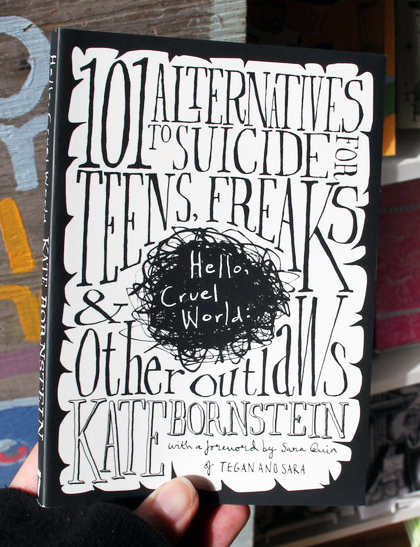
Hello, Cruel World: 101 Alternatives to Suicide for Teens, Freaks, and Other Outlaws
by Kate Bornstein Author
A sweet, insightful book that's also edgy and relevant. Written by Kate Borstein, author of "Gender Outlaw: On Men, Women, and the Rest of Us," this book is packed with suggestions for overcoming life's toughest times, whether you're trans or cis, gay or straight, teenaged or old, or anything in between. Some of the 101 alternatives include: Give Yourself Permission, See Yourself in Everyone You Meet, Send Out A Distress Signal, Make Longer-Range Plans, and my favorite, Stay in Bed. This book encourages you to be afraid, be upset, but also find the courage to be alive.
(This book may contain a sharpie mark on the top or bottom edge and may show mild signs of shelfwear.)
You must log in to comment.
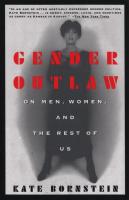


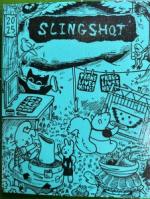



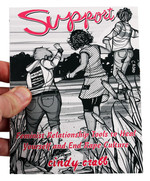

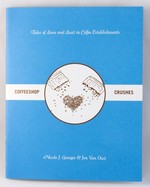
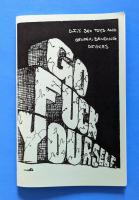

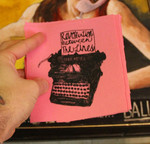
Comments & Reviews
How lucky we are to have such a clear and intelligent writer who has profoundly personal experiences with different identities, the subject of this first-rate book.
Kate Bornstein has for two decades inspired fans and readers by mixing feminist sensibility, queer theory, performance art and personal experience. That Hello, Cruel World is heart-felt and friendly reflects parentage by Lutheran minister and 1939’s Miss Betty Crocker. Aimed more at trannies and freaks than at gays and lesbians, it addresses sickness in the American family, stifling conventions of compulsory heterosexuality and mean-spirited republicanism fostered by James Dobson and Pat Robertson, but not disavowed by Mary Cheney.
This “gender outlaw” was born in Fargo, North Dakota as Al Bornstein, but completed sexual reassignment surgery in 1986. Ze published hir theoretical autobiography, Gender Outlaw, in 1994 and My Gender Workbook in 1997, which used paradoxes and puzzles to transcend sex- and gender-binaries.
Part One of Hello, Cruel World takes “either/or” and twists it Möbius strip-style into “neither/both.” Ze combines snappy prose with kitschy graphics in this user-friendly, impressively edited little handbook to save teens from self-mutilation and suicide, rates among which are shooting through the roof. Faced also with poverty, bullying and religious conservatism, teenagers have never faced grimmer futures, but neither have they been supported more in and by popular culture. Aiming less to bend than to obliterate gender, Bornstein tosses off one-line, throwaway summaries of 19th-century suffragette movements and 20th-century gay, lesbian and bisexual activists. Their grasp never matches their reach: “it seems, in Minnie Bruce Pratt’s words, ‘their imaginations were in thrall to the institutions that oppress them,’” a mantra ze repeats. “You are worthy and capable of finding a way just to live your life the way you really are,” ze reminds hir readers, and “there are plenty of good people in the world who believe that a life like yours need to be lived.” Indeed.
Part Two’s “Start-up Guide” employs a “Cruel Scale of Feelings” that lists healthy and less healthy, self- and other-destructive emotions, ranging from “joy, wisdom,” “love, freedom” and “passion” to fear, depression and hopelessness. Hir 101 alternatives to suicide are ranked in terms of safety, efficacy and legal and moral concerns. The only no-no is being mean to others. “Starve yourself” (Alternative 81), “Be orgasmically celibate” (Alternative 56), “Tell a lie” (Alternative 11) and 98 others are proposed with love and good heart to keep suffering people from letting the bullies, republicans and homophobes win.